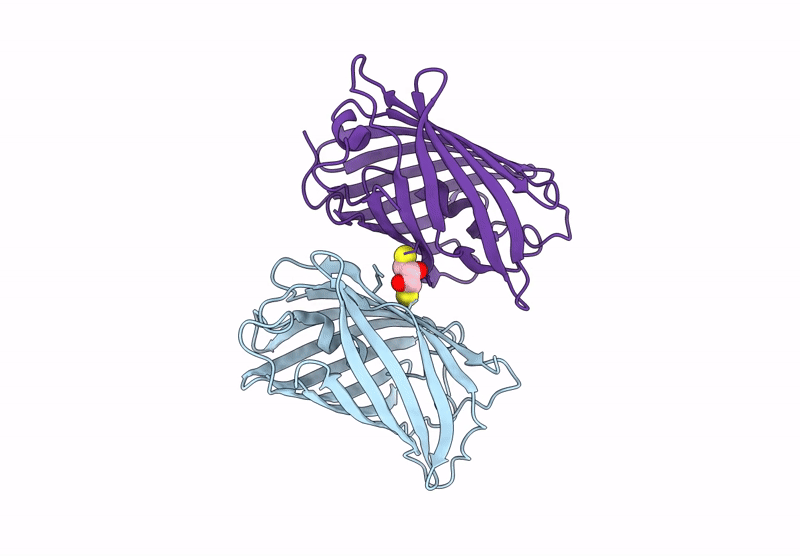
Deposition Date
2024-08-02
Release Date
2025-04-16
Last Version Date
2025-04-16
Entry Detail
PDB ID:
9J0R
Keywords:
Title:
Structure of pcStar in the green fluorescent state
Biological Source:
Source Organism:
Lobophyllia hemprichii (Taxon ID: 46758)
Host Organism:
Method Details:
Experimental Method:
Resolution:
1.66 Å
R-Value Free:
0.18
R-Value Work:
0.16
R-Value Observed:
0.16
Space Group:
P 21 21 21


